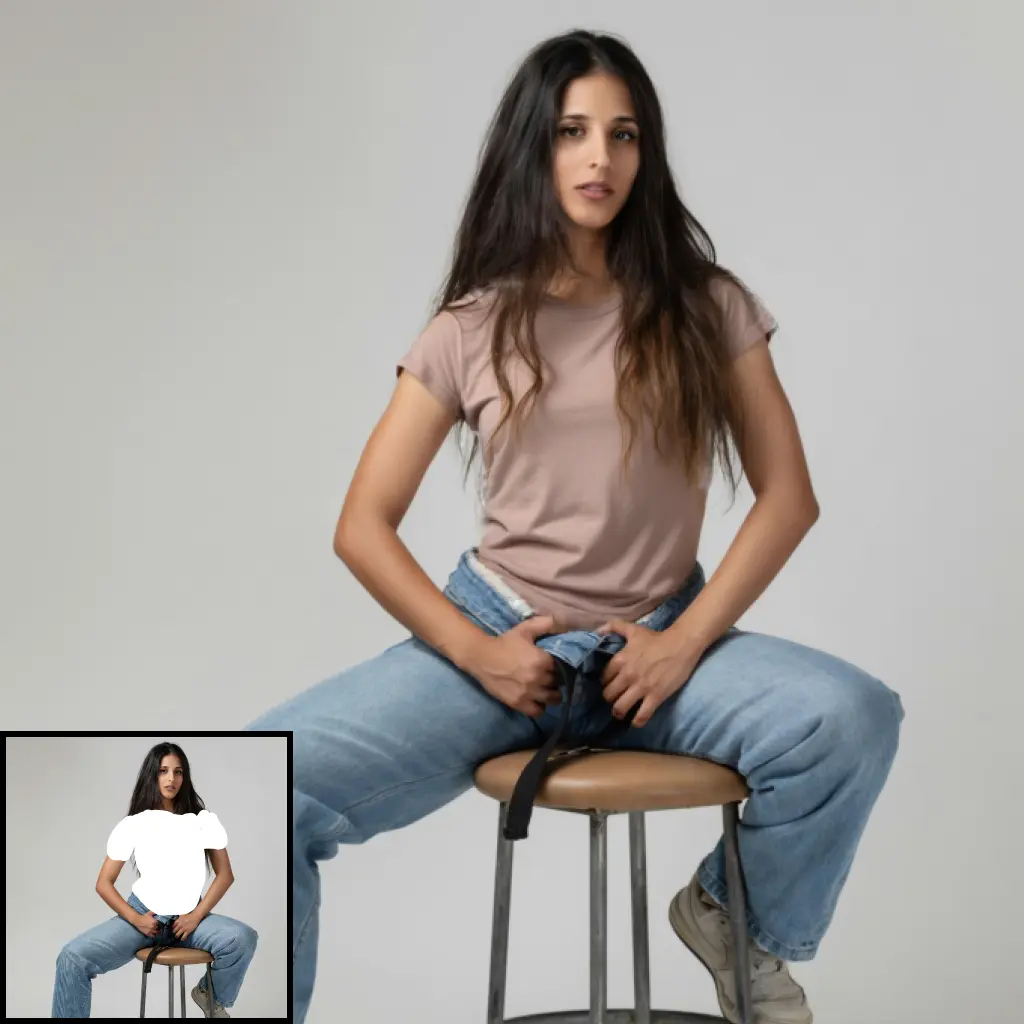ComfyUI Node: LayerUtility: Florence2 Image2Prompt(Advance)
LayerUtility: Florence2Image2Prompt
Category😺dzNodes/LayerUtility/Prompt
chflame163 (Account age: 729days) Extension
ComfyUI_LayerStyle_Advance Latest Updated
2025-04-04 Github Stars
0.24K
How to Install ComfyUI_LayerStyle_Advance
Install this extension via the ComfyUI Manager by searching for ComfyUI_LayerStyle_Advance- 1. Click the Manager button in the main menu
- 2. Select Custom Nodes Manager button
- 3. Enter ComfyUI_LayerStyle_Advance in the search bar
Visit ComfyUI Online for ready-to-use ComfyUI environment
- Free trial available
- 16GB VRAM to 80GB VRAM GPU machines
- 400+ preloaded models/nodes
- Freedom to upload custom models/nodes
- 200+ ready-to-run workflows
- 100% private workspace with up to 200GB storage
- Dedicated Support
LayerUtility: Florence2 Image2Prompt(Advance) Description
Transform images into descriptive text prompts using Florence2 model for AI artists, enabling seamless integration of visual content into text-based workflows.
LayerUtility: Florence2 Image2Prompt(Advance):
The LayerUtility: Florence2Image2Prompt node is designed to transform images into descriptive text prompts using the Florence2 model. This node is particularly useful for AI artists who want to generate detailed captions, descriptions, or tags from images, enabling a seamless integration of visual content into text-based workflows. By leveraging advanced image processing and natural language generation techniques, this node can perform a variety of tasks such as object detection, dense region captioning, and open vocabulary detection. Its versatility makes it an essential tool for creating rich, descriptive content from visual inputs, enhancing the creative process by providing contextually relevant text that can be used for further artistic exploration or documentation.
LayerUtility: Florence2 Image2Prompt(Advance) Input Parameters:
florence2_model
This parameter requires a pre-trained Florence2 model, which includes both the model and its processor. It is essential for the node to function as it provides the necessary computational framework to analyze the image and generate text prompts.
image
The image parameter accepts an image input that the node will process. This image serves as the primary source from which the node extracts visual information to generate descriptive text.
task
The task parameter specifies the type of text generation task to be performed. Options include "caption," "detailed caption," "object detection," and more, with a default set to "more detailed caption." This parameter influences the style and detail level of the generated text.
text_input
This optional parameter allows you to provide additional text input that can guide or influence the text generation process. By default, it is an empty string, meaning no additional input is provided.
max_new_tokens
This integer parameter sets the maximum number of new tokens (words or word pieces) that the model can generate. The default value is 1024, allowing for extensive text generation, but it can be adjusted to control the length of the output.
num_beams
The num_beams parameter controls the number of beams used in beam search, a technique for generating text. The default is 3, with a minimum of 1, which balances between exploration and computational efficiency.
do_sample
A boolean parameter that determines whether sampling is used during text generation. When set to True, the model will sample from the distribution of possible outputs, introducing variability and creativity into the results. The default is False.
fill_mask
This boolean parameter indicates whether the model should fill in masked parts of the input text. It is set to False by default, meaning no mask filling is performed unless specified.
LayerUtility: Florence2 Image2Prompt(Advance) Output Parameters:
text
The text output provides the generated descriptive text or prompt based on the input image and specified task. This text can be used for various creative or analytical purposes, offering insights or inspiration derived from the visual content.
preview_image
The preview_image output is a processed version of the input image, which may include visual annotations or modifications made during the text generation process. This image serves as a visual reference to accompany the generated text.
LayerUtility: Florence2 Image2Prompt(Advance) Usage Tips:
- Experiment with different
tasksettings to see how they affect the style and detail of the generated text. This can help you find the most suitable description for your creative needs. - Adjust the
max_new_tokensandnum_beamsparameters to control the length and quality of the text output. Higher values can produce more detailed descriptions but may require more computational resources.
LayerUtility: Florence2 Image2Prompt(Advance) Common Errors and Solutions:
Model not found
- Explanation: The specified Florence2 model is not available or incorrectly loaded.
- Solution: Ensure that the Florence2 model is correctly installed and accessible by the node. Check the model path and configuration.
Image input is invalid
- Explanation: The provided image input is not in the expected format or is corrupted.
- Solution: Verify that the image is correctly formatted and not corrupted. Convert the image to a compatible format if necessary.
Task not recognized
- Explanation: The specified task is not among the recognized options.
- Solution: Double-check the task parameter to ensure it matches one of the available options listed in the node's documentation.
LayerUtility: Florence2 Image2Prompt(Advance) Related Nodes
- Description
- LayerUtility: Florence2Image2Prompt:
- LayerUtility: Florence2Image2Prompt Input Parameters:
- LayerUtility: Florence2Image2Prompt Output Parameters:
- LayerUtility: Florence2Image2Prompt Usage Tips:
- LayerUtility: Florence2Image2Prompt Common Errors and Solutions:
- Related Nodes
RunComfy is the premier ComfyUI platform, offering ComfyUI online environment and services, along with ComfyUI workflows featuring stunning visuals. RunComfy also provides AI Playground, enabling artists to harness the latest AI tools to create incredible art.


